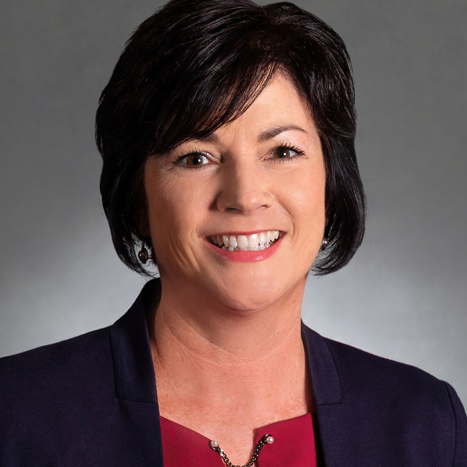Perspective: Two Keys to Easing the Burden of Public Health Reporting
May 06, 2019
Laura Rappleye
Since the enactment of the Cures Act in 2016, the Office of the National Coordinator for Health IT (ONC) and stakeholders have been working on ways to reduce the burden of health IT and EHRs on clinicians. Public health reporting is especially burdensome due to a lack of requirements for automated, standards-based public health reporting across state and federal programs.
It’s also a complex issue to resolve as statutory mandates for public health reporting often differ substantially across jurisdictions, making it almost impossible for EHR vendors and their HIT developers to implement the public health standards required for EHR certification without adjusting configurations to meet these varying mandates. This was discovered early on as IT developers implemented the immunization reporting standard in multiple states. For example, one state may forbid sending social security numbers while another state may require clinicians to send them. This example is admittedly oversimplified, but it underscores the problem of a non-uniform approach for all public health reporting.
Using FHIR APIs Effectively
The ONC recently sought input from stakeholders on how FHIR APIs might improve the exchange between clinicians and registries. Our interoperability experts responded in support of using APIs and provided considerations for using them in public health reporting. We’ve seen the potential of FHIR using our dental registry’s SMART on FHIR app to connect with EHRs and to capture information needed for a clinician to refer patients to dentists.
Since its introduction in 2014, FHIR continues to hold great promise for achieving ONC interoperability goals as more and more FHIR resources are added and adopted over time. But the transition to FHIR will take several years. It will be important to maintain momentum in implementing and perfecting the current standards available for public reporting.
Employing a “Neutral Convener”
One way to maintain progress during the transition to FHIR is to establish a neutral convener, an entity that brings together the interests of EHR vendors, providers, and public health reporting systems by serving as a communication hub for implementation guides and jurisdictional requirements. Altarum has served in this role for the State of Michigan by providing robust validation tools along with hands-on onboarding assistance to hundreds of providers and IT developers.
The neutral convener concept builds upon public health reporting strategy 2 described in the ONC’s Strategy on Reducing Regulatory and Administrative Burden Relating to the Use of Health IT and EHRs draft. Public health reporting strategy 2 suggests creating an inventory for all public health reporting requirements. Having a neutral convener collecting, testing, and validating jurisdictional differences in parallel with broader efforts preparing for FHIR-based solutions for public health reporting is an achievable strategy within the 3-5-year timeline ONC recommends. When a neutral entity mediates and accelerates communication between vendors, providers and public health agencies, public health reporting happens faster, better, and cheaper.
Altarum is a nonprofit organization that works with federal and state agencies and foundations to design and implement solutions to improve the health of individuals with fewer financial resources and populations disenfranchised by the health care system. We achieve measurable results by combining our expertise in public health and health care delivery with technology, workforce training and continuing education, applied research, and technical assistance. Our innovative solutions lead to better health for beneficiaries and better value for payers.
View Related
New Online Catalog Launched for Public Health Interoperability TrainingThe Vaccine Distribution Effort Is More than a Solution to Covid-19—It’s also a Chance to Solve Broader Health System Challenges
HRSA Selects Altarum to Lead Innovations in Newborn Screening Interoperability Resource Center

Perspective

Laura Rappleye
Senior Director, Public Health Interoperability
Areas of Expertise- Interoperability Standards Development
- Public Health and Clinical Integration
- Health Information Exchange
Laura Rappleye has 20 years of experience planning and implementing health IT solutions in public health and clinical care settings. She specializes in advancing population health through integrating clinical and public health data sets. Laura has led the creation of standardized implementation guides and automated data quality assurance and validation tools for the state of Michigan. Laura serves as a co-chair for the Health Level Seven (HL7) Public Health Work Group.